PRESENTATION: Nam June Paik-Art in Process
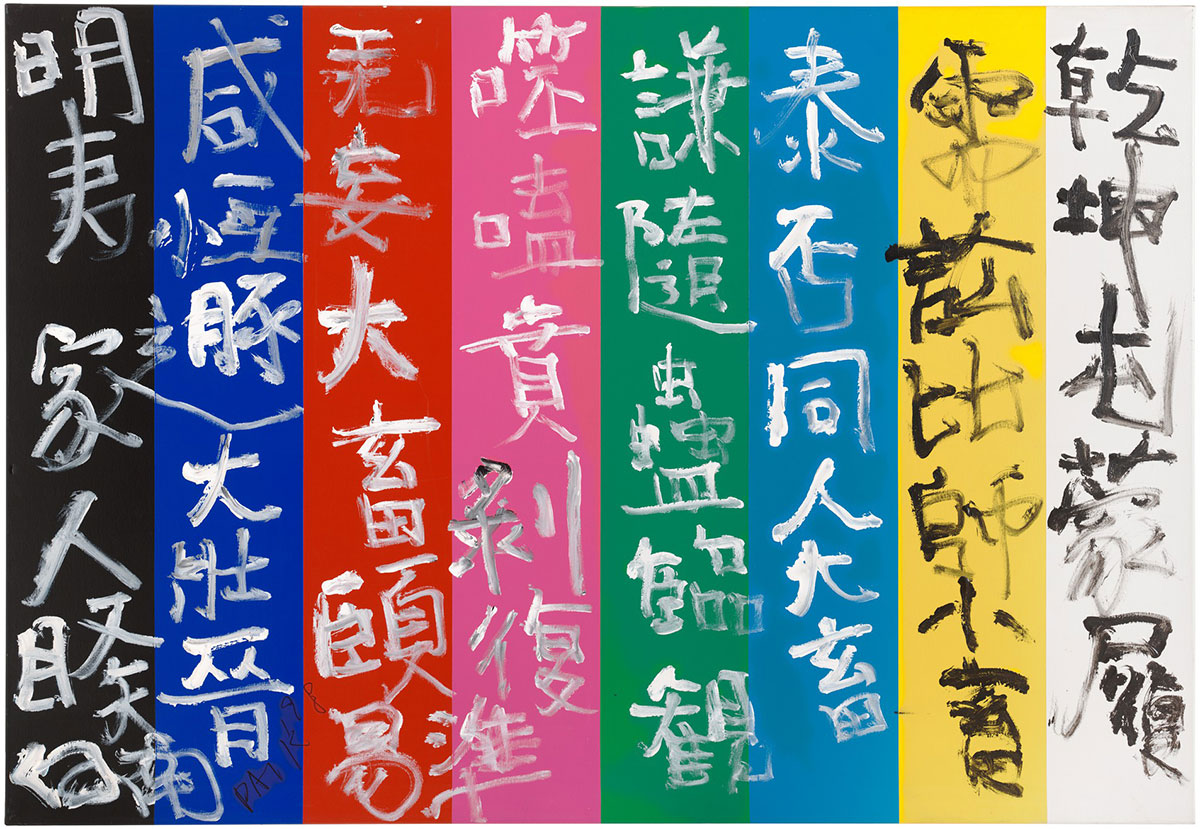 Video artist, performance artist, composer and visionary: Nam June Paik was one of the most innovative artists of the 20th century. He was born in Seoul but lived and worked in Japan, Germany and the US, was one of the first artists to develop a coherent, often collaborative, practice investigating the potential of television and mass media at a time when electronic images were increasingly pervading the fabric of everyday life.
Video artist, performance artist, composer and visionary: Nam June Paik was one of the most innovative artists of the 20th century. He was born in Seoul but lived and worked in Japan, Germany and the US, was one of the first artists to develop a coherent, often collaborative, practice investigating the potential of television and mass media at a time when electronic images were increasingly pervading the fabric of everyday life.
By Dimitris Lempesis
Photo: Gagosian Archive
![Nam June Paik, Untitled [Newspaper Drawing], c. 1990 Oil stick on printed newsprint, 22 ⅝ × 15 ⅛ inches (57.5 × 38.4 cm), Smithsonian American Art Museum, Washington, DC, © Nam June Paik Estate](http://www.dreamideamachine.com/web/wp-content/uploads/2022/05/00-32.jpg)
“Art in Process” is a two-part survey of works by Nam June Paik. The first part of the exhibition surveys Paik’s practice as it developed over four decades. On view is a diverse selection of work ranging from early forays into multimedia to late paintings and video sculptures. The “Opus Paintings” (1975), a suite of small oil-on-canvas works is scattered across the gallery wall, render the familiar, rotund form of the classic television set in fluid brushstrokes and weightless aerial suspension. Titled as a tribute to the location of his Manhattan studio, 359 Canal Street (1991) evokes the image of the artist’s workspace through an old-fashioned desk filled with newspaper clippings and letters from Paik’s associates, while cathode ray tubes affixed to the wall above conjure the generative power of a technologically interconnected world. The second part of “Art in Process”, at will feature Paik’s trio of satellite broadcasts from the 1980s as well as a number of his intimate and elegiac “late style” televisions. Paik also looked back to historical moments, citing the “Silk Road” as a prototype for international exchange. Following this impulse, he often incorporated antique objects into his sculptures, juxtaposing Korean ceramics, Chinese scrolls, and statues of Buddha with modern television sets and cameras. For “Lion” (2005), Paik acquired an Indian-made wooden sculpture of the titular animal, painted it with vibrant colors and symbols, and framed it against a majestic arch of television screens, each showing looped psychedelic footage of nature documentaries and abstract kaleidoscopic patterns. Also on view are “Beuys Projection” (1990) and “Berlin Wall” (2005). The former is a video installation documenting a 1986 concert in Tokyo that Paik performed with Joseph Beuys, his close friend and fellow Fluxus artist, while the latter comprises two separate sections of the notorious blockade, both painted with Paik’s trademark television-shaped pictographs and humanoid motifs. The brightly colored sculpture transforms the wall into a welcoming portal, the “electronic superhighway” that he first imagined in 1974, embodying its maker’s dream of open borders and unfettered communication.
Born in 1932 in Seoul, Korea, to a wealthy industrial family, Paik and his family fled Korea in 1950 at the outset of the Korean War, first to Hong Kong, then to Japan. Paik graduated from the University of Tokyo in 1956, and then traveled to Germany to pursue his interest in avant-garde music, composition and performance. There he met John Cage and George Maciunas and became a member of the neo-dada Fluxus movement. In 1963, Paik had his legendary one-artist exhibition at the Galerie Parnass in Wuppertal, Germany, that featured his prepared television sets, which radically altered the look and content of television. After immigrating to the United States in 1964, he settled in New York City where he expanded his engagement with video and television, and had exhibitions of his work at the New School, Galerie Bonino and the Howard Wise Gallery. In 1965, Paik was one of the first artists to use a portable video camcorder. In 1969, he worked with the Japanese engineer Shuya Abe to construct an early video-synthesizer that allowed Paik to combine and manipulate images from different sources. The Paik-Abe video synthesizer transformed electronic moving-image making. Paik invented a new artistic medium with television and video, creating an astonishing range of artworks, from his seminal videotape “Global Groove” (1973) that broke new ground, to his sculptures “TV Buddha” (1974), and “TV Cello” (1971); to installations such as “TV Garden” (1974), “Video Fish” (1975) and “Fin de Siecle II” (1989) and global satellite television productions such as Good Morning Mr. Orwell, which broadcast from the Centre Pompidou in Paris and a WNET-TV studio in New York City J1/1/1984.
Photo: Nam June Paik, Untitled, 1998, Acrylic on canvas, 46 × 67 inches (116.8 × 170.2 cm), © Nam June Paik Estate. Photo: Ben Blackwell, Courtesy Nam June Paik Estate and Gagosian
Info: Curator: John G. Hanhardt, Gagosian Gallery, 555 West 24th Street, New York, NY, USA, Duration: 24/5-22/7/2022, Days & Hours: Tue-Sat 10:00-18:00, & Gagosian Gallery, 821 Park Avenue, New York, NY, USA, Duration: 19/7-26/8/2022, Days & Hours: Tue-Sat 10:00-18:00, https://gagosian.com/

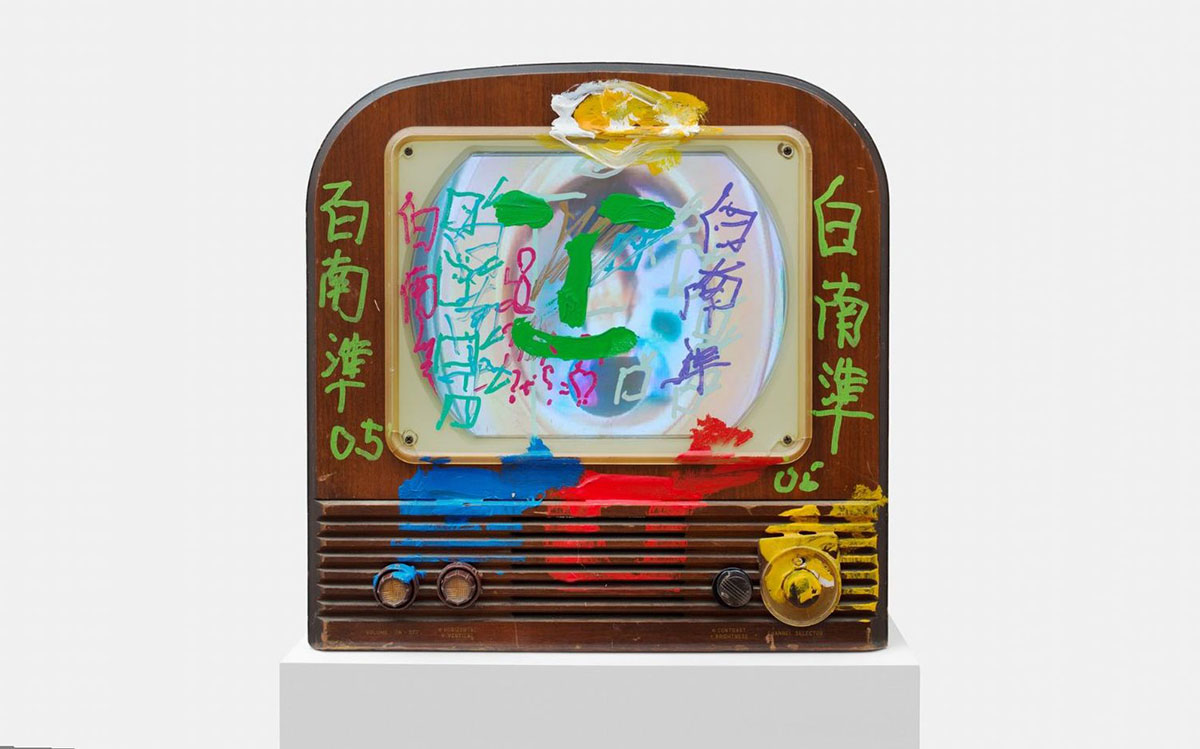
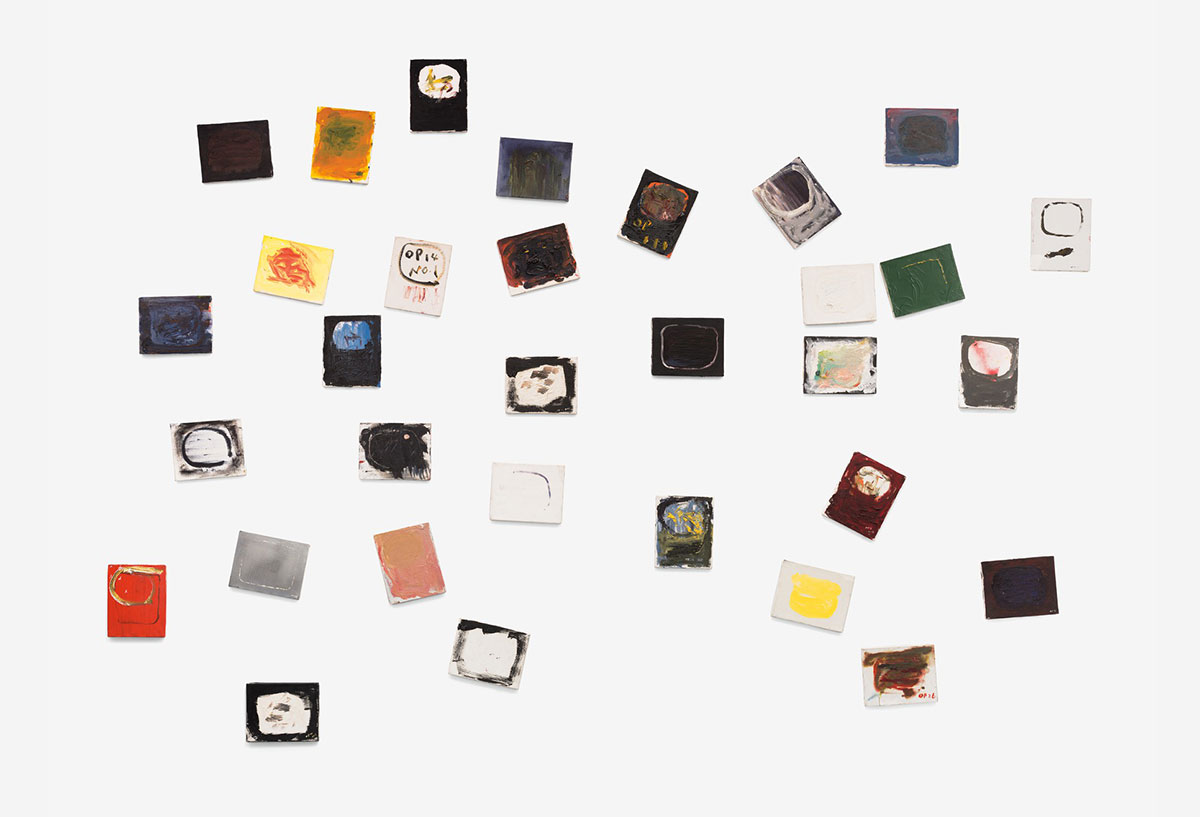
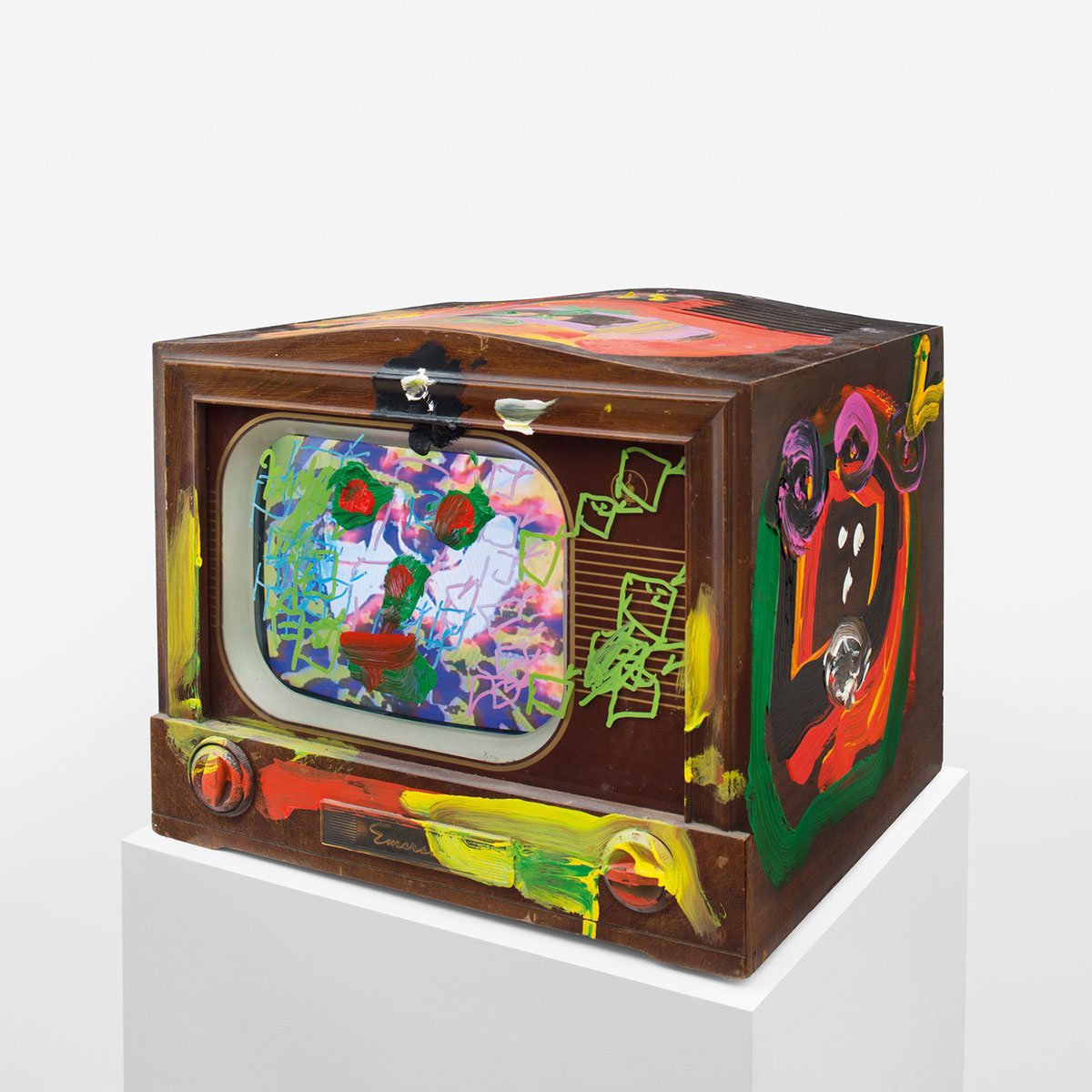

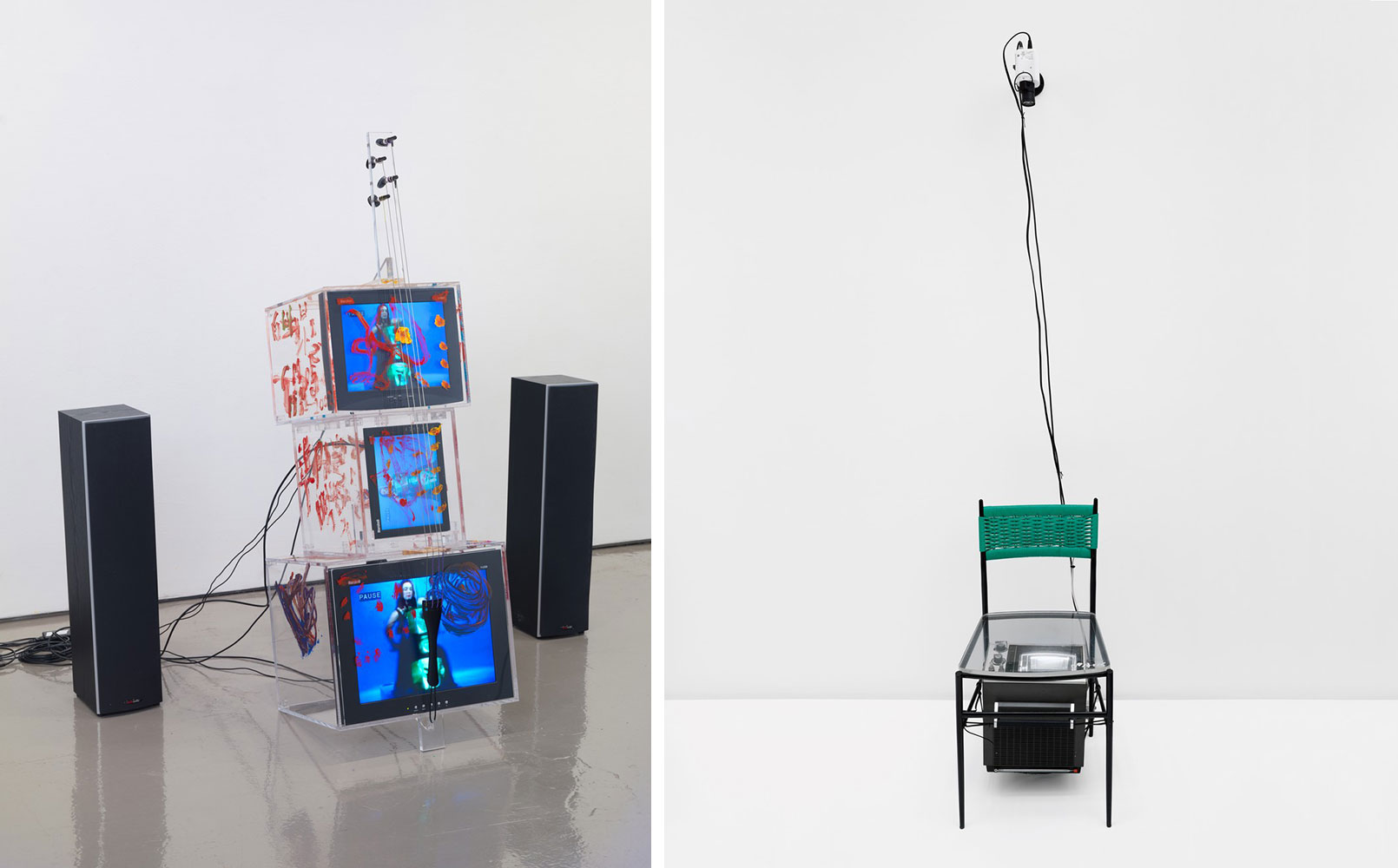
Right: Nam June Paik, TV Chair, 1968 Closed-circuit video (black and white) with television and chair with Plexiglas seat, 33 × 17 × 15 inches (83.2 × 43.2 × 38.1 cm), © Nam June Paik Estate, Courtesy Nam June Paik Estate and Gagosian
